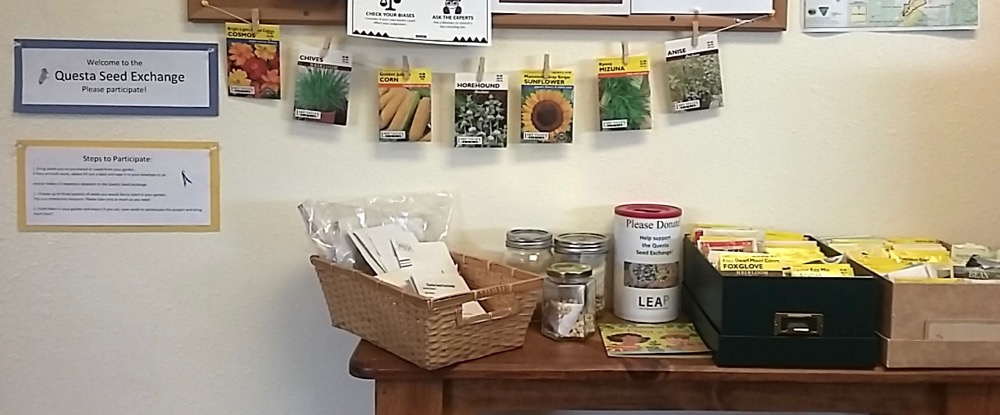
Libraries as Centers of Inclusion
Recent articles in NPQ, Nonprofit Quarterly, have profiled the ways in which urban libraries across the nation support both learning and the economy. In addition, they are expanding their roles not just as places to borrow books but also as community hubs that make a difference—with everything from makerspaces and gardens to seed exchanges and lending programs for musical instruments and tools. Libraries serve as sanctuaries, open to their communities during times of civic unrest, on the front lines of combatting homelessness and addiction, and providing an array of social services to improve community health outcomes.
Libraries are highlighting their roles as “the keepers of stories, the repository of learning and sharing in a community” by using storytelling through art to attract youth and to create more inclusive environments. One article in NPQ cites the example of the Los Angeles Public Library’s hosting the exhibition 21 Collections, each collection telling the story of a different segment of the community—including Gay Bar Matchbooks representing LGBTQ activism, Doll Hats that once belonged to suffragette Olive Percival, a Bullfighting Collection representing the Spanish cultural heritage of Los Angeles, and a collection called the Candy Wrapper Museum for the sweet tooth crowd.
In northern New Mexico, rural libraries are also moving beyond their traditional roles through similar types of initiatives to become centers of inclusion. The El Rito Library and Embudo Valley Library and Community Center offer makerspace programs for youth in collaboration with the Northern New Mexico STEM Mentor Collective. The Questa Library has created a seed exchange in collaboration with the local non-profit organization LEAP (Land, Experience, and Art of Place). The Pueblo de Abiquiu Library and Cultural Center has collaborative initiatives in community archaeology, with U.C. Berkeley, and in genetic genealogy, in collaboration with the New Mexico Genealogical Society DNA Project. The goal is to help the community piece together its hidden history of mixed Hispanic and Native American roots.
Inspired by libraries as community centers of inclusion, the Manitos Community Memory Project will provide resources, equipment, and training to librarians and community members to build local cultural heritage collections around their shared histories and stories.
Featured image: Seed Exchange in the Questa Library, a collaboration with the local nonprofit organization LEAP (Land, Experience and Art of Place).
One thought on “Libraries as Centers of Inclusion”